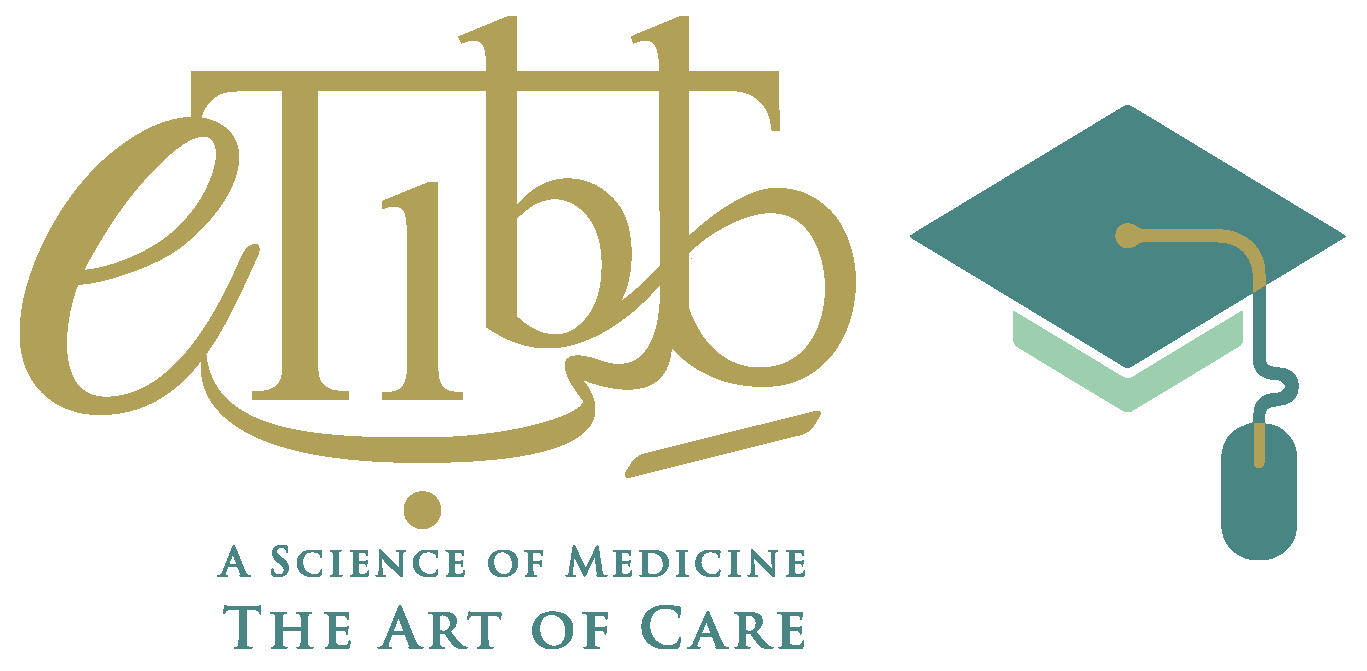Module 3 Tibb Principle Creation
Learning Outcomes:
- Appreciate the concept of creation in relation to the four elements and temperament.
- Understand the relationship between the universe (macrocosm) and the human being(microcosm).
- Obtain insights into how different organs have been created with a perfect structure, an idealtemperament, in order to perform a specific function.
In this video, Professor Bhikha highlights the perfection of creation within the context of temperament, structure, and function.
Introduction
Greek philosophers hypothesised that everything in the universe is created from four elements, which are symbolically represented by Earth, Water, Air and Fire and with respective qualities associated with each of them. For example, the Earth element is associated with the quality of Cold and Dryness, Water with Cold and
Moistness, Air with Heat and Moistness, and Fire with Heat and Dryness. These elements should not be interpreted as physical states of earth, water (etc.), but rather as metaphysical states from which the basic elements, necessary for the existence of matter, are created.

The Universe as a Macrocosm
Everything in the universe, from the smallest to the largest in creation, is made-up of a from a combination of the four elements, with their respective qualities. The result of this is that each and everything created has an overall quality (a combination of heat, coldness, moistness, and dryness), associated with it. This overall quality is called ‘temperament’.
For example, the temperament of human beings, is associated with Hot &
Moist qualities. This is understandable, considering that the human body is maintained at an average temperature of 37˚C, and consists of approximately 70% water. Similarly, animals have an overall temperament of either Hot & Dry or Dry & Hot. Plants have a temperament of Cold & Moist, while minerals have a temperament of Cold & Dry, as is obvious when touched.
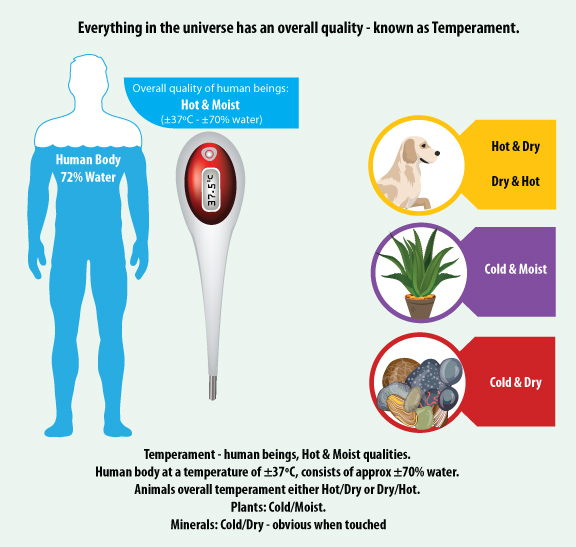
Every level of creation from atoms to compounds, cells to tissues, has a specific temperament. Each level of organisation is characterised by distinct building blocks for all of creation from minerals, animals, plants, and humans. Each step on this ladder of progression manifests greater sophistication. Minerals are followed by plants, lower animal forms are followed by higher ones and ultimately human beings, stand at the top of the ladder. Every creation is made-up from different ratios of the four elements and having an overall temperament.
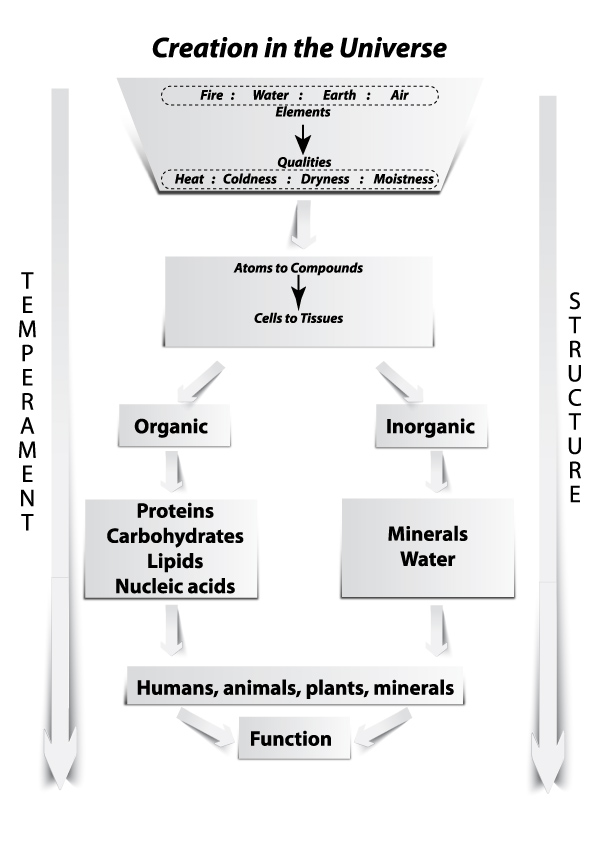
In addition to the concept of temperament, everything in the universe has been created with a suitable structure to perform specific functions. Innumerable creatures inhabit our planet, yet each living entity has a unique and specific form and shape that allows it to exist, thrive and procreate. The wings of birds enable them to fly, the four-legged animals to run, and the fins and tails of fish to swim. Plants of varied and differentiated shapes and sizes grow in different biospheres, habitats, and climates. All plants, insects, animals, and humans have a particular and unique structure with an assigned temperament enabling them all to perform specific functions.
The Human Being as a Microcosm
Elaborating on the creation of human beings, just as the atom is the unit for the outer environment, cells are the basic unit for the inner environment of man and all living entities. Cells combine to form tissues, the combination of which forms organs. Ultimately from the cells, tissues, and organs the overall shape of the body is obtained. Once again, each level, whether it is a cell, tissue, organ, or the total human being (body, mind and soul), is created with a specific temperament and structure to perform specific functions.
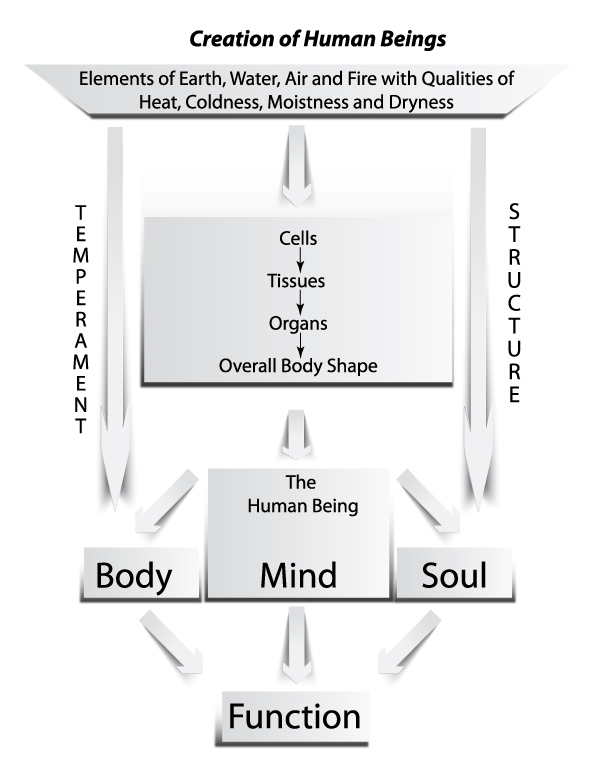
For example, the shape of ears enhances our ability to hear. Our nose filters out impurities from inspired air before it enters the lungs. Our eyebrows prevent perspiration from entering our eyes.
When examining the geometry of our internal organs, we see many different shapes, again performing different functions, each having a specific temperament. For example, the shape of the heart facilitates the pumping action, whereas the overall temperament of the brain is moist (with less heat), enabling nerve impulses to be transmitted easily – as moisture is a good conductor of electrical impulses. On the other hand, the overall temperament of the liver is hot (with less moistness), because of the heat generated during metabolic processes.
Anatomy and the perfection of creation
“If we examine any corner of the universe, from the galaxies in space to the living beings in nature, and from our own body to the invisible cells, we see a flawless plan incorporating order, design and purpose. This order, design and purpose illustrates the perfection of creation.” [Yahya, H 2001]
In the anatomy section of the Canon of Medicine, Ibn Sina brings in a philosophical dimension of why different organs have been created with a perfect structure with an ideal temperament in order to perform a specific function. Changes to either temperament or structure will negatively affect the functioning of anatomical structures.
Structure
Ibn Sina’s description of the hand stated that:
“metacarpals provide a concave surface that enables the hand to retain liquids and firmly surround objects”.
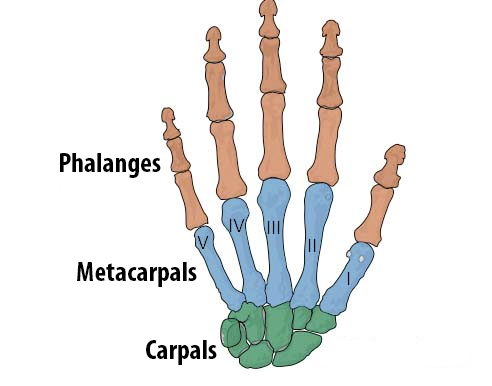
In addition, he also argued why there should be only three phalanges in each finger, (excluding the thumb) noting that:
“… if there had been more than 3 phalanges, the fingers would have obtained a greater range of movement, but they would be weakened in strength. If the phalanges had been 2, the fingers would have become stronger, but the range of movement would have been restricted – noting that the fingers need greater movement and nominal strength”.
In his anatomy of the brain and spinal column, Ibn Sina explains the purpose of creating the spinal column:
He mentioned that:
“… If the brain supplied all the nerves, it would be too big a burden for it and; If all the nerves have arisen from the brain, the nerves for the hands and feet would have to travel quite a long distance and thus be exposed to greater risks of injury and damage. The nerves would also be too weak to contract and expand the heavy muscles (of the leg and the thigh). Almighty God has therefore, provided the spinal cord from the lower part of the brain; The spinal cord arises from the brain like a canal from a spring so the nerves may reach both sides of the body; The source of the nerves has in this way been brought closer to the recipient organs”.
Maintenance of Temperament
The temperament of the brain is described by Ibn Sina as Cold & Moist, where the quality of cold allows for the brain to work as hard as it does, and the quality of moistness is to prevent dryness in the large number of functions that take place within the brain. He also mentions that the blood flowing from the heart into the Cold & Moist brain, is Hot & Moist. The middle ventricles, in the brain stem, aid in maturation of the blood from the heart to suit the Cold & Moist temperament of the brain.
Similarly, on maintaining the temperament of compact bones, he mentioned that compact bones are made up of an outer cortical bone and a central marrow cavity. Bones have a Cold & Dry temperament; therefore, the bone marrow provides moisture to counteract the dryness produced from exercise.
Functioning of Organs
Ibn Sina described the function of the bladder based on a two-phase dogma which still stands in modern physiology information. He stated that “God has created an organ similar to a cyst in the human body to remove the useless liquids (or urine). This allows the urine to gradually pour into the bladder and at a necessary time, it can be completely expelled from the body. Otherwise, the human would have to urinate every minute and every hour”.
He described the curvatures of the urethra and suggested that they help in preventing involuntary voiding of urine. He wrote, “God in his power, has made a gullet-like organ to eliminate the removable liquids (urine) through the penile urethra. Thus, this organ that is similar to a water pipe is continuous from the bladder to the penile urethra and it has multiple curvatures so that the liquid material would not be expelled out suddenly and totally”.
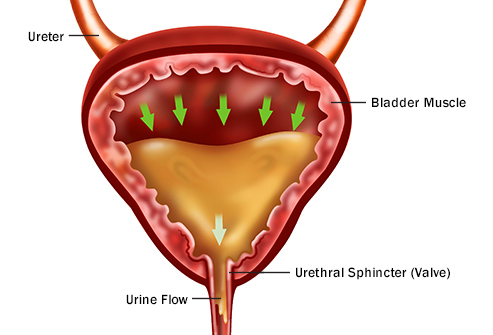
The Tibb philosophy as explained by Ibn Sina, highlights the importance of the placement of each organ in our body. He stated “that the lungs help to cool the heart with each breath. This is analogous to the wings of a bird and its body where the wings represent the lungs and the body represent the heart. As the lungs flap, they bring a cool breeze to the heart keeping it cooler. Similarly, he opined that the nasal passages facilitate exchange of temperature (of air) between the brain and the external environment allowing the brain to maintain its natural temperament”.
Delving further into the marvels of the body, we begin to realise just how intricate the systems of the body are: the respiratory, circulatory, digestive and nervous systems, and of special significance in the context of health and disease, the immune system. Each system working independently and yet is associated with and interconnected to each other. All of which make us realise the perfection of creation.
References
- Yahya, H. (2001). Men of Understanding. London: Ta-Ha Publishers.https://www.academia.edu/35266267/For_Men_of_Understanding
- Bhikha, R. (2018). Theoretical Principles of Tibb. Published by Ibn Sina Institute of Tibb, Roodepoort, South Africa.
- Mazengenya, P. and Bhikha. R. (2020), The genitourinary and reproductive system: Interpretation of Avicenna’s (980-1037 AD) treatise in the Canon of Medicine. Elsevier Masson France. (2020) 104, pp. 1996-201. DOI: http://doi.org/10.1016/j.morpho.2019. 12.002 https://www.tibb.co.za/wp- content/uploads/2020/09/The-genitourinary-and-reproductive-systems-avicenna.pdf
